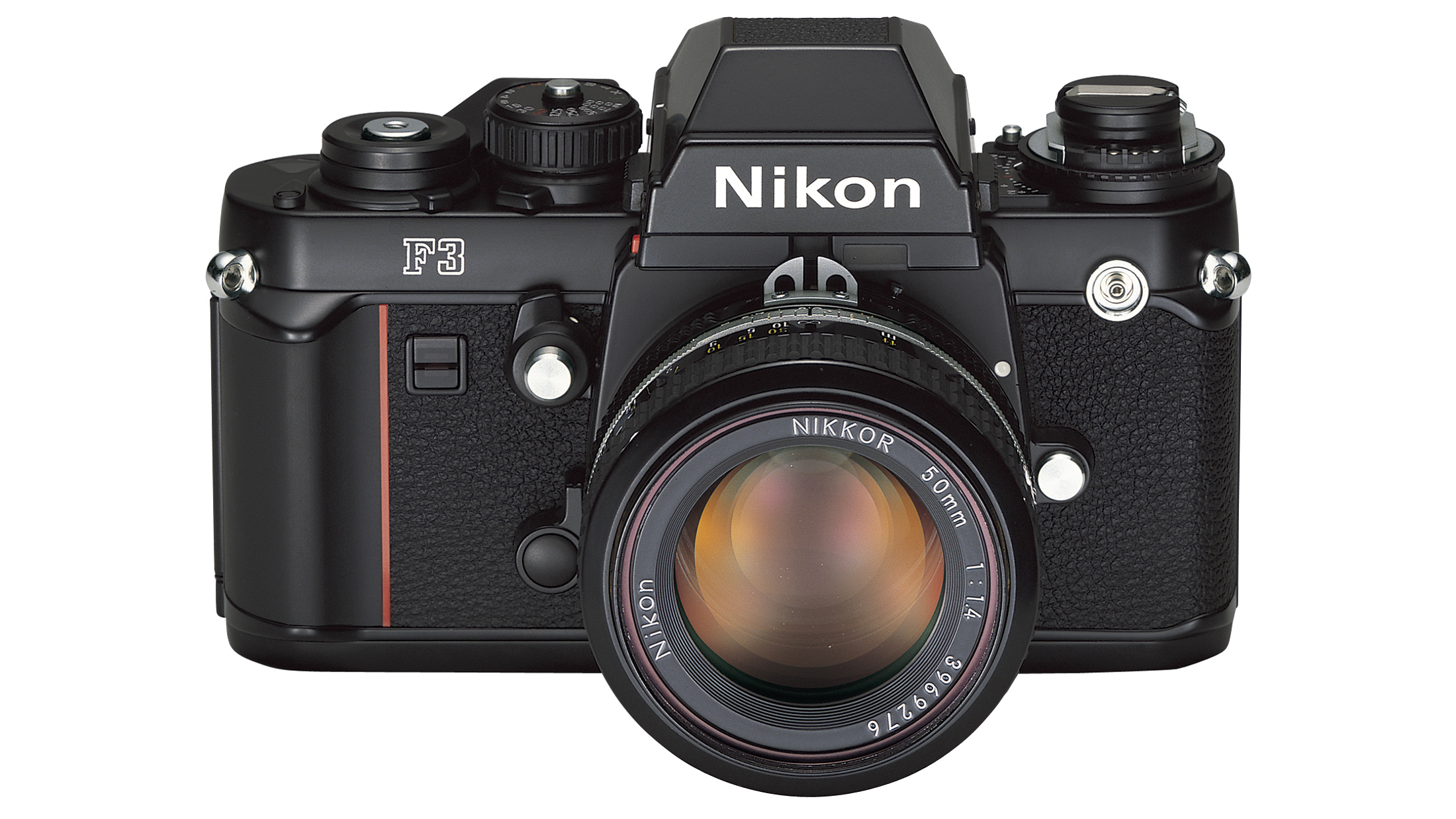Born in the USA. Parrot's latest drone aims to be big with first responders
Parrott Anafi Thermal drone is given it a radical non-Chinese makeover as the new Anafi USA enlists for front line action
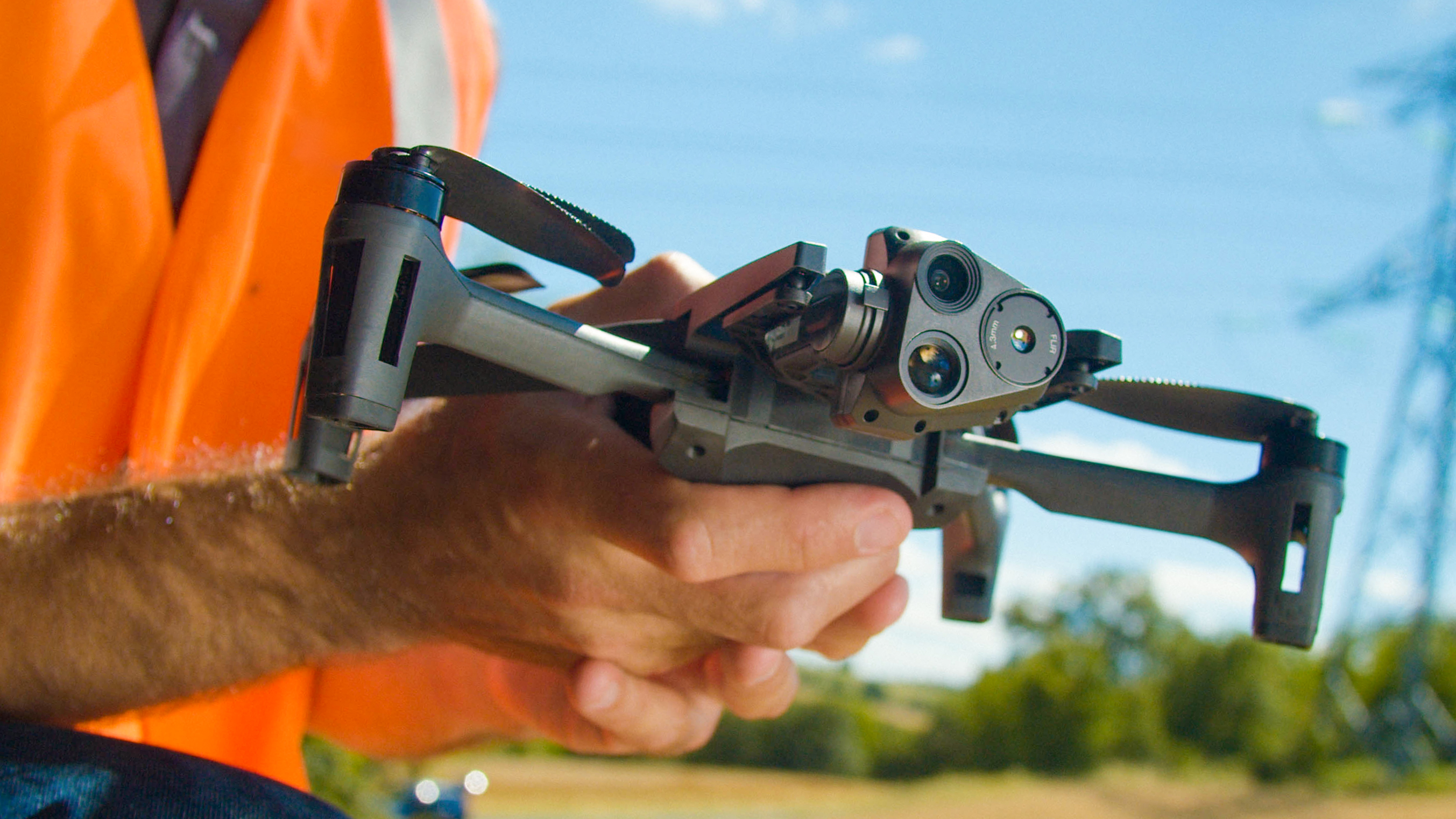
Parrot has announced the Anafi USA drone, the product at the end of an 18 month development cycle and a few weeks of media teasers which raised quite a few eyebrows for all the wrong reasons. Many fans were put out by the Parrot’s unsubtle linking of Chinese drones and trust, but, simply, the Anafi USA isn’t aimed at them.
The ruggedized $7,000 (£6,500) drone, featuring FLIR camera and 32x Zoom is intended for first responders and even military applications and Washington has made it clear its not keen to see Chinese products in these applications.
In simple terms, this is the Parrot Anafi drone consumers know and love with an all-new camera module and some modifications that make it much more useful to the deep-pocketed customers in the services, security, survey & inspection markets. It still comes with the familiar controller, something Parrot CEO Henri Seydoux explicitly highlighted as a benefit. He points to the usability of consumer drones as a goal, though some might question the need to a phone or tablet to run FreeFlight 6 in a military scenario, but that is how this works.
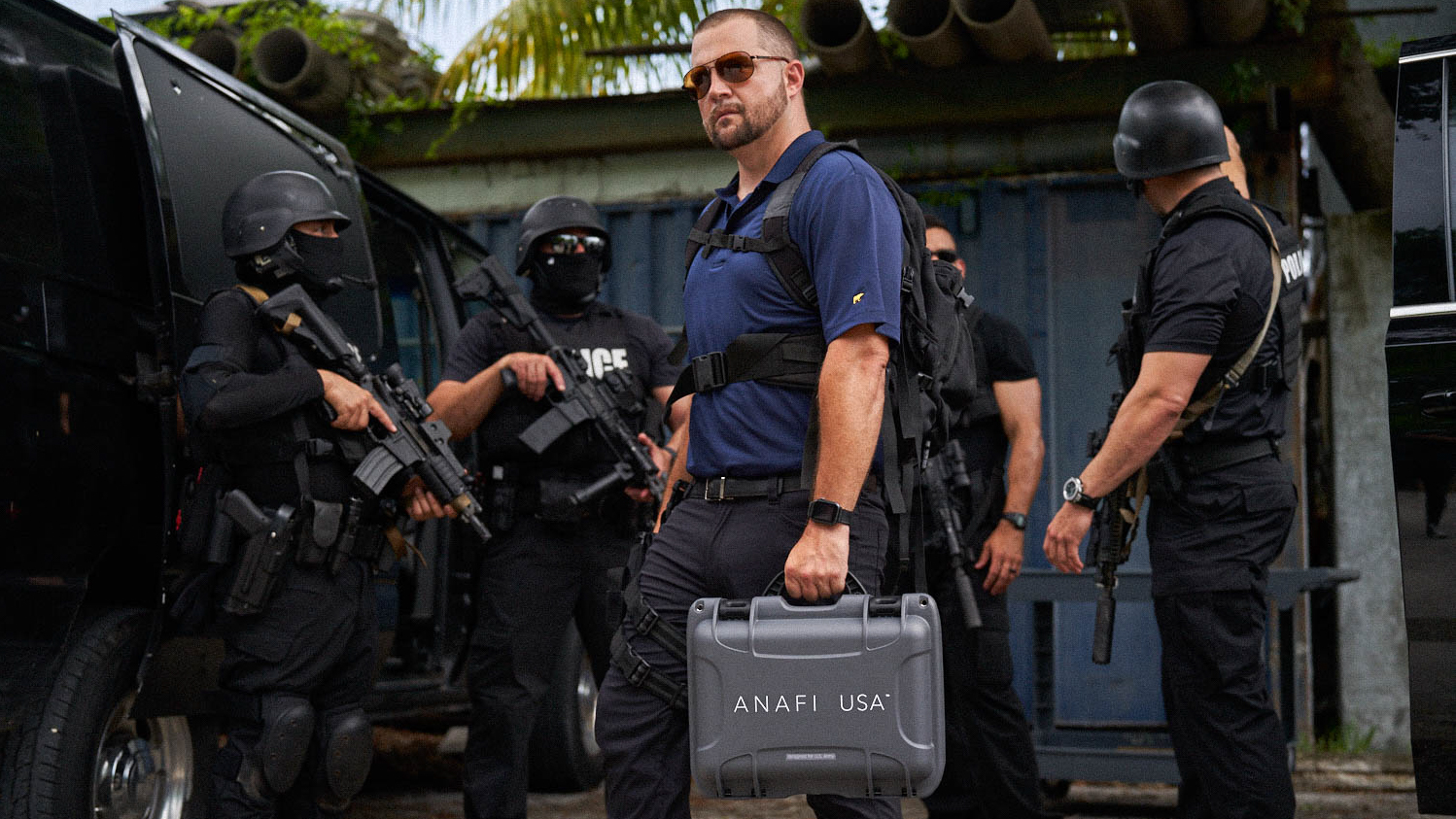
The new stabilized camera module features two Sony 21-megapixel sensors with different lenses, which are operated as one, much like a dual-lens phone, and can capture 4K HDR video. Unlike an iPhone, though, they are joined by a FLIR (Infra Red) sensor. The optical cameras can see detail up to 5km (3.1 miles) away, and though pedants might query the amount of digital zoom, the practical benefits are clear from the sample images.
The 4.3mm FLIR camera offers 320 x 256 pixels at 9fps, which produces enough detail to make inspecting solar panels from as high as 40m possible, with FreeFlight6 overlaying the data in an easy to use manner. VIR video can also be captured at 720p for review.
The camera can tilt beyond 90-degrees up and down, just like the consumer one, and has 3-axis stabilization (2-axis optical). The new Anafi still doesn’t feature obstacle avoidance, which Seydoux dismissed: “Obstacle avoidance is more a gadget than a needed feature.”
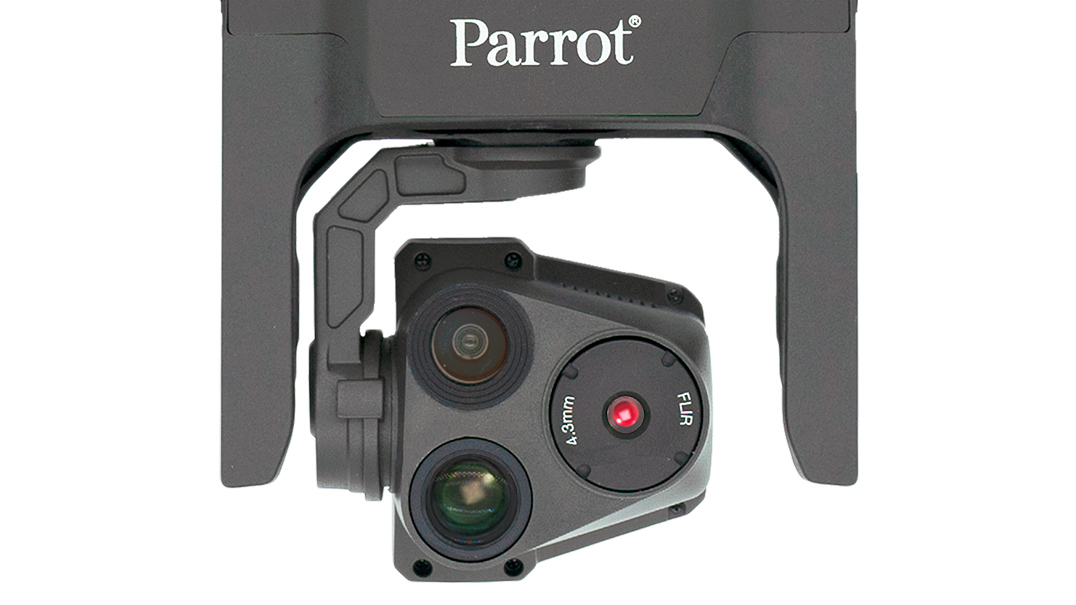
Meeting IP53 dust and water standard, the drone can be flown in rain and operated in dusty environments, and flown in wind up to 29 knots (15 m/s). Hand-launch means, Parrot say, you can be in the air in 55 seconds and don’t need to wait for GPS sync.
Get the Digital Camera World Newsletter
The best camera deals, reviews, product advice, and unmissable photography news, direct to your inbox!
Perhaps taking note of Autel, another company which attracts an anti-DJI following in the USA, the Anafi USA doesn’t feature no-fly zones. The latter make sense in the consumer space (indeed must be seen as protecting DJI from lawsuits), but could be a serious hinderance for first responders, so this “freedom” makes more sense here than on the consumer-friendly Autel EVO.
Assembly is in Massachusetts, although some “non-strategic” parts like airframe plastics are actually made in China. On-board 512-bit key encryption ensures that, should the drone be shot down over hostile territory, recorded data wouldn’t be accessible. Control connection is via secure Wi-Fi and signed firmware prevents malicious modification.
This is all part of Parrot’s play for the US market, and perhaps comes from lessons they’ve learned as a member of the US DoD’s Short Range Recon Program.
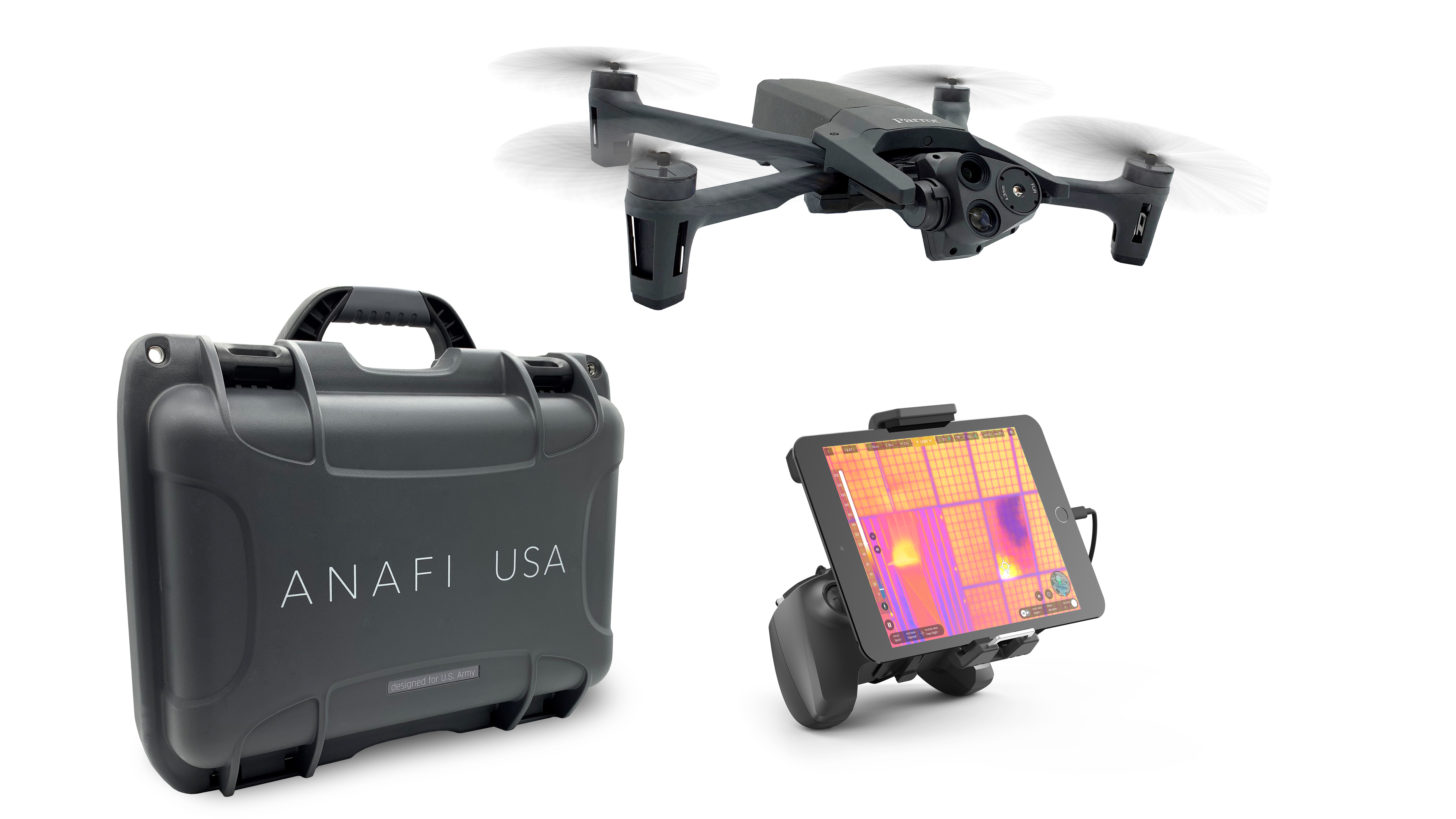
On that note, Parrot were perhaps a bit over-keen to draw a distinction between their approach and DJI’s, casting aspersions on a Booz Allen Hamilton report which had taken a few months (between March and June, during the height of the Covid outbreak, incidentally) to declare DJI drones basically OK. Seydoux spent some time highlighting this delay, pointing out DJI had made a software update in this time. Despite the slight impression of conspiracy theory, the point about what data goes on servers is well founded.
Despite all the security (and GDPR compliance), the drone will still play nice with Pix4D, Survae, DroneLogBook, Kittyhawk, DroneSense and other software which takes advantage of its open source ecosystem.
We weren't able to get a direct answer about the bitter taste in the mouth that was left by by their “Don’t trust Chinese Drones” teasers, but Seydoux did say “Parrot is an ethical company.” This, though, was more to do with potentially hostile customers, to whom Parrot does not want to sell to, though they are looking to find customers in, amongst others, the French military.
Due to arrive in August 2020 pre orders are now open with a retail price of at $7,000 / £6,500 / $7,000 for the 500g drone, a ruggedized case, three batteries. The batteries, which give 32 minutes flight, can be charged via USB-C, and the controller is the familiar Anafi controller.
Read more

With over 20 years of expertise as a tech journalist, Adam brings a wealth of knowledge across a vast number of product categories, including timelapse cameras, home security cameras, NVR cameras, photography books, webcams, 3D printers and 3D scanners, borescopes, radar detectors… and, above all, drones.
Adam is our resident expert on all aspects of camera drones and drone photography, from buying guides on the best choices for aerial photographers of all ability levels to the latest rules and regulations on piloting drones.
He is the author of a number of books including The Complete Guide to Drones, The Smart Smart Home Handbook, 101 Tips for DSLR Video and The Drone Pilot's Handbook.
